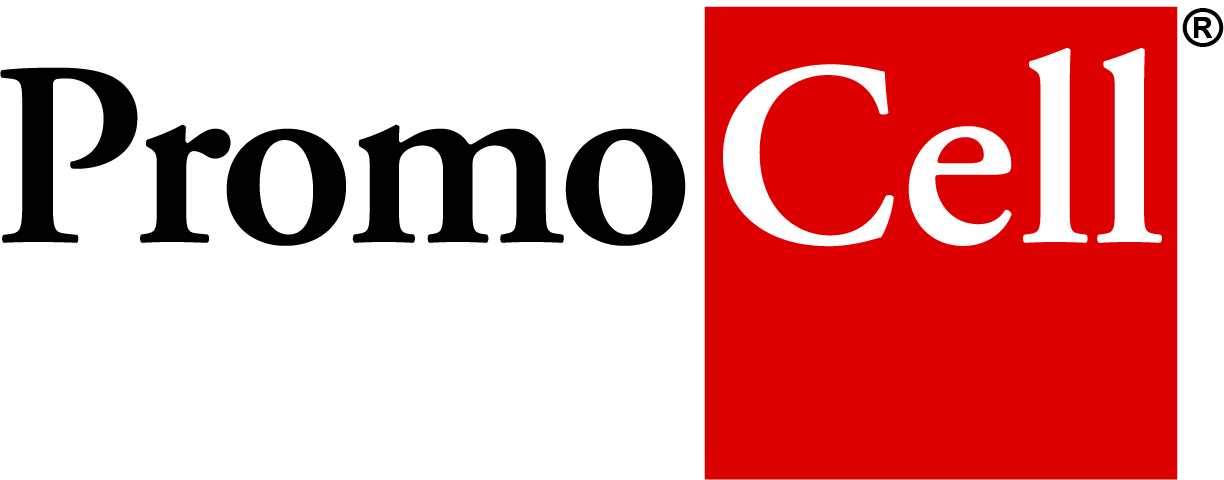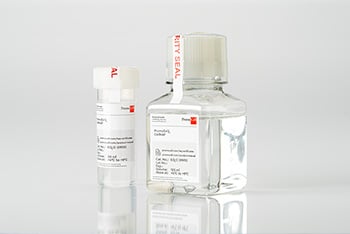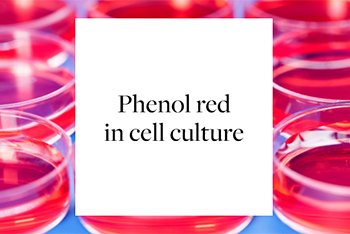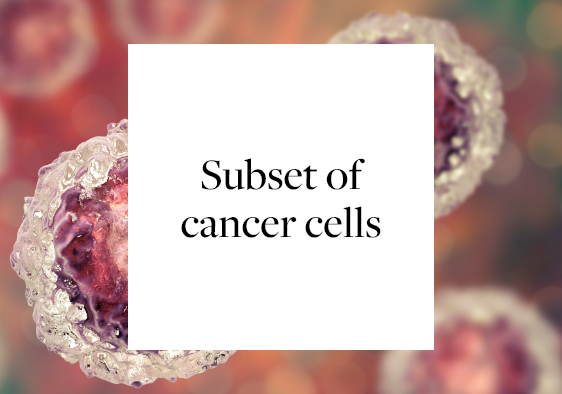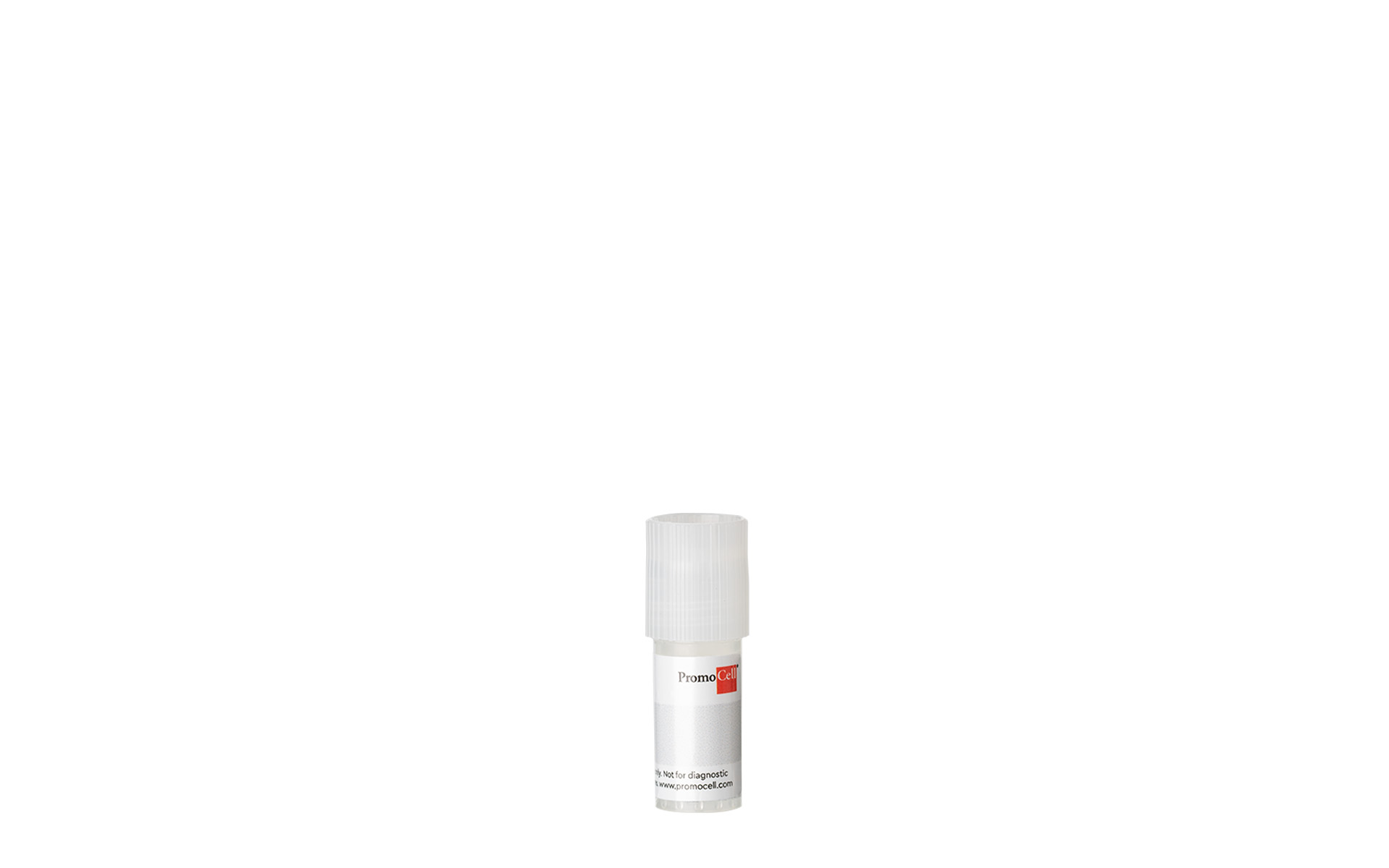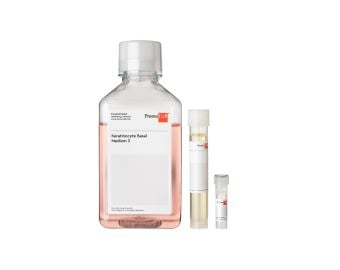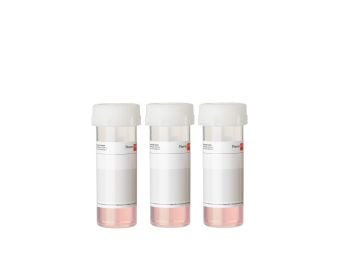Normal Human Epidermal Keratinocytes (NHEK) GM3
Primary Human Keratinocytes isolated in serum-free and BPE-free Keratinocyte Growth Medium 3. Available from juvenile foreskin or adult skin from single or pooled donors.
Primary Normal Human Epidermal Keratinocytes (NHEK) GM3 are available from single or from pooled donors isolated from the epidermis of juvenile foreskin or adult skin from different locations like the face, the breasts, the abdomen, and the thighs. They are the major cell type in the epidermis, making up about 90% of the cells.
Epidermal keratinocytes originate in the stratum basale and move up through the layers of the epidermis. During this movement, they undergo gradual differentiation and morphology changes until they reach the stratum corneum, where they form a layer of nucleus-free, flat, and highly keratinized squamous cells. This layer forms an effective barrier to the entry of infectious agents into the body and minimizes moisture loss.
Keratinocytes are also able to produce a variety of cytokines, growth factors, interleukins and complement factors. Therefore keratinocytes are important for wound healing, inflammation, and immune response.
Our Primary Normal Human Epidermal Keratinocytes GM3 are isolated using the improved serum-free and BPE-free Keratinocyte Growth Medium 3. The optimized formulation supports a growth of fast proliferating and homogenous cell population without the need for extracellular matrix coatings or feeder cells.
Normal Human Dermal Fibroblasts (NHDF) or Normal Human Epidermal Melanocytes M3 (NHEM M3) from the same donor are available on request.
Our NHEK are now also available from HLA-typed donors.
| Recommended plating density | 5000 cells per cm2 |
| Passage after thawing | P2 |
| Tested markers | Cytokeratin positive |
| Guaranteed population doubling | > 15 |



